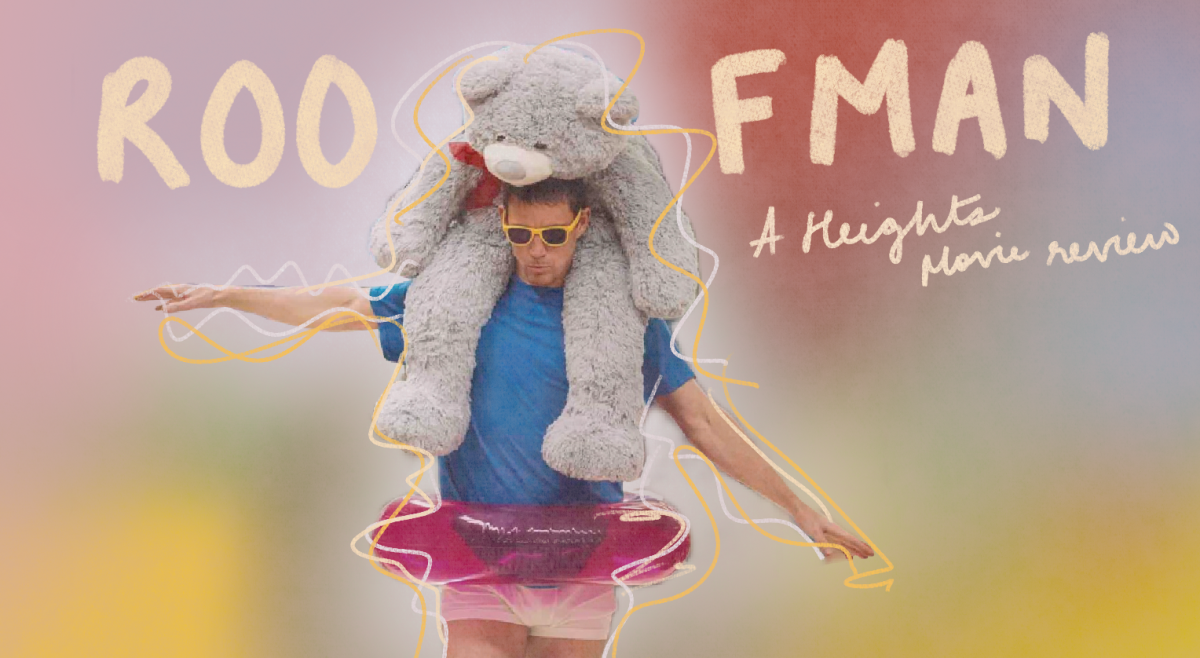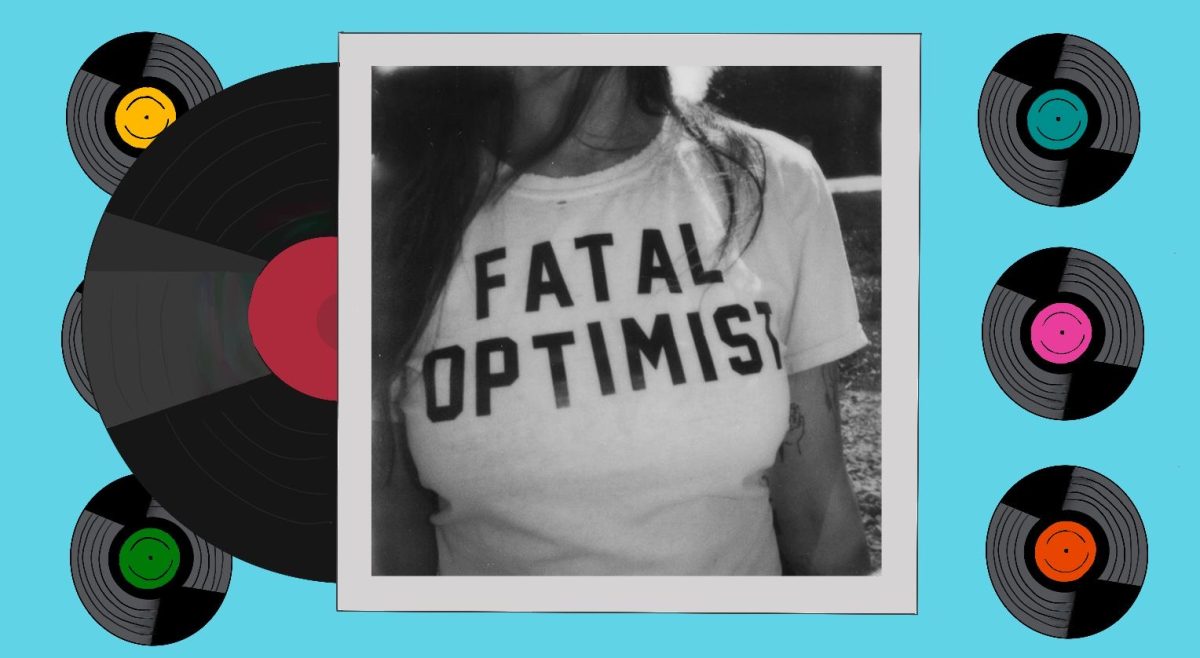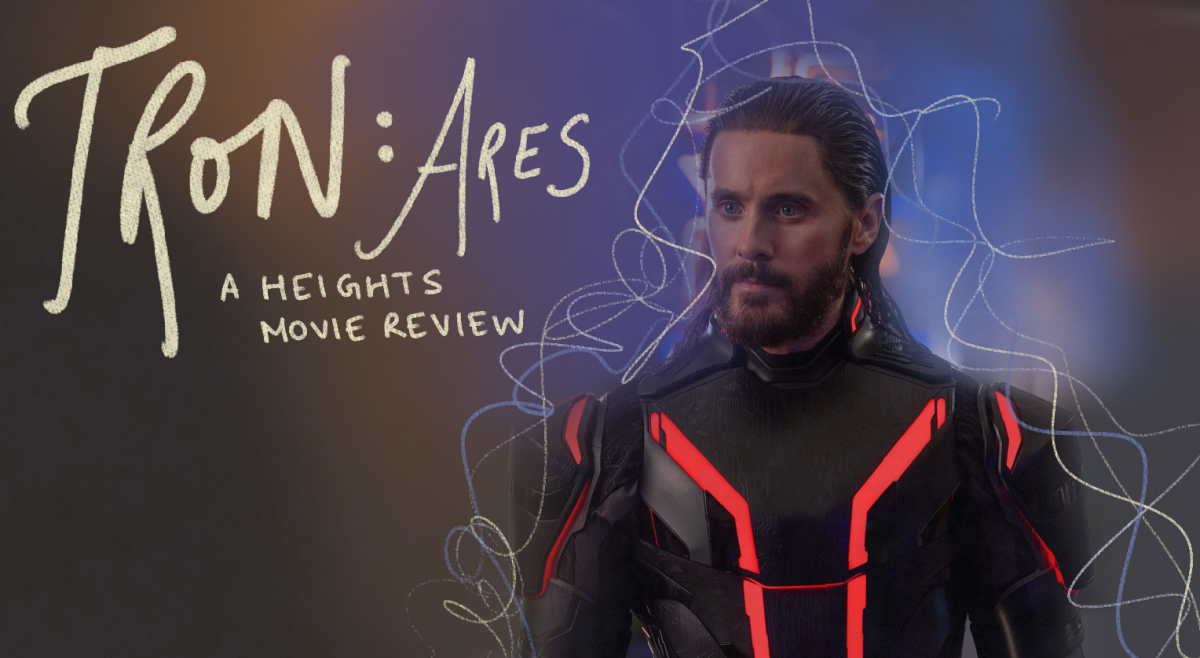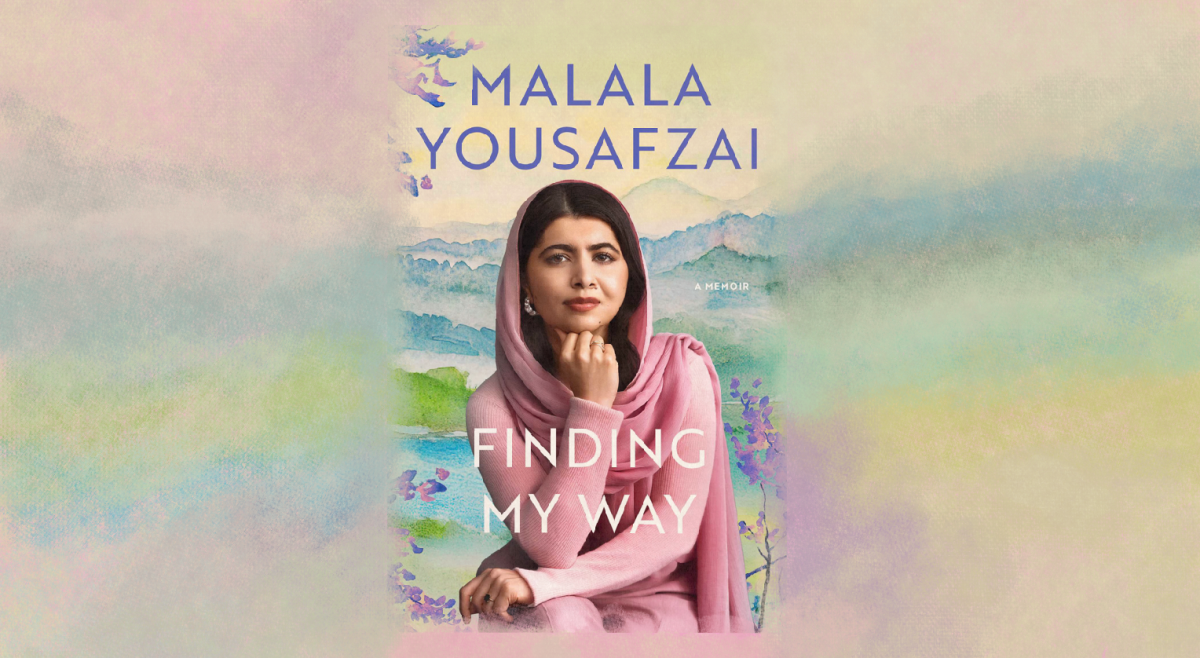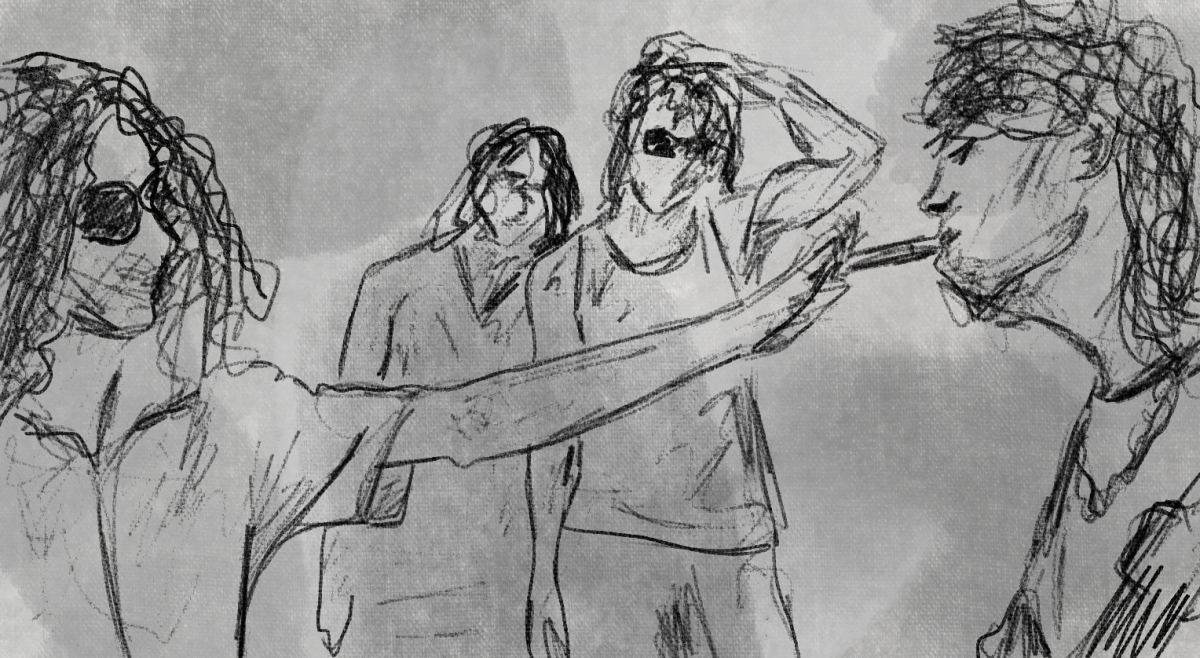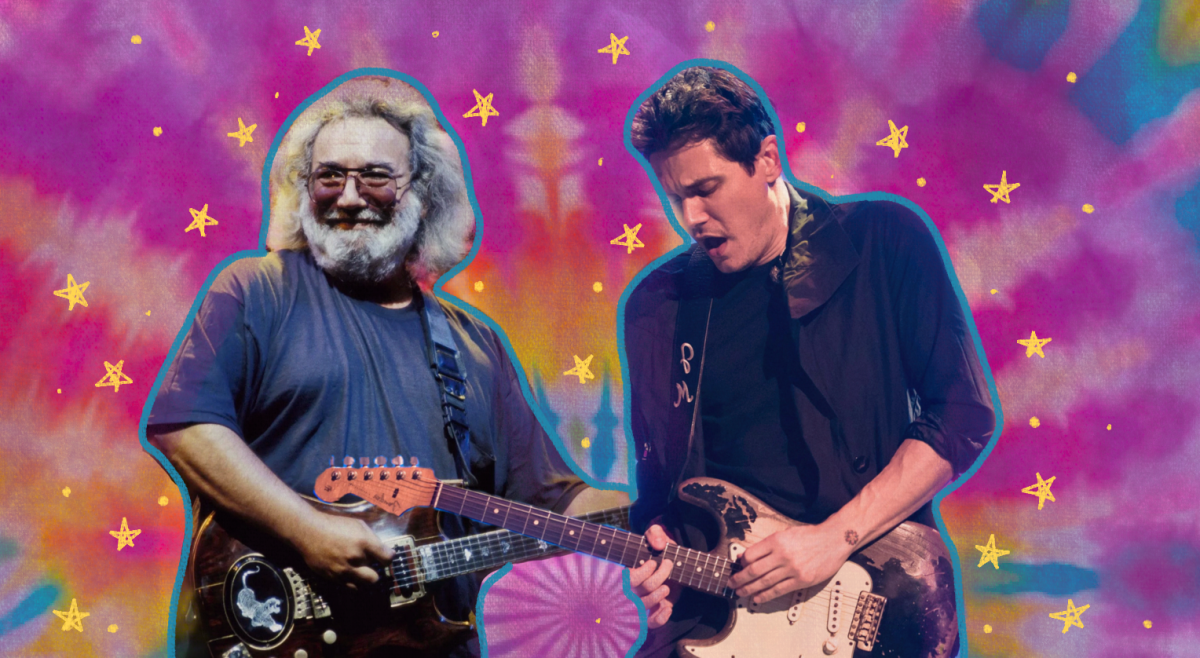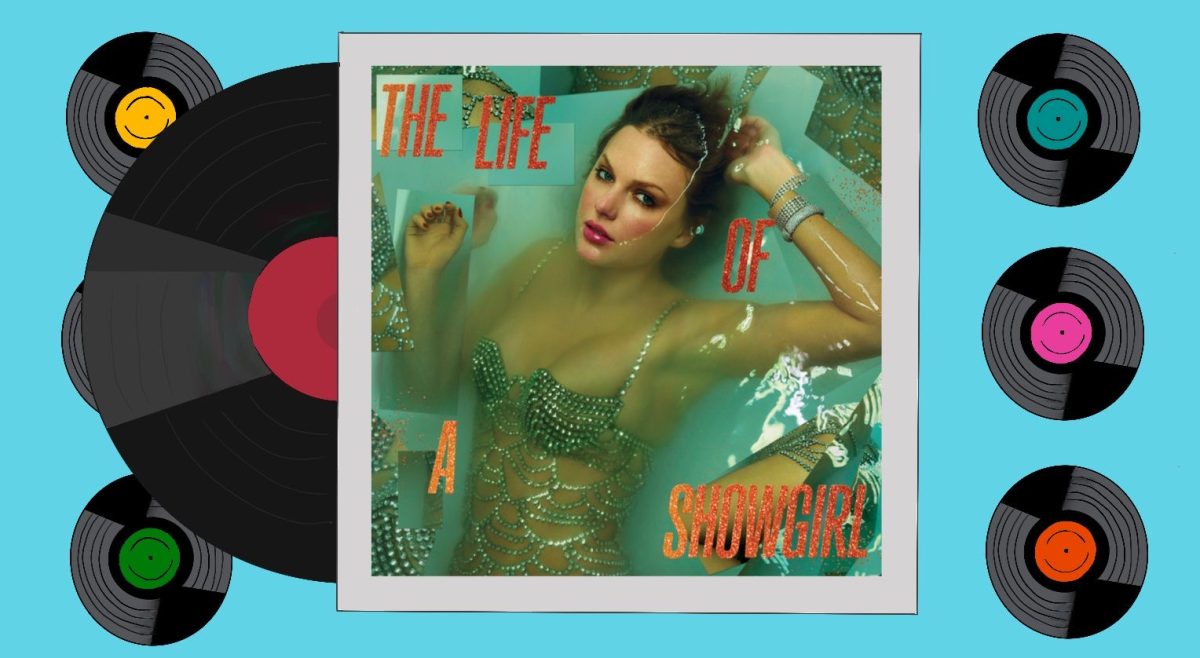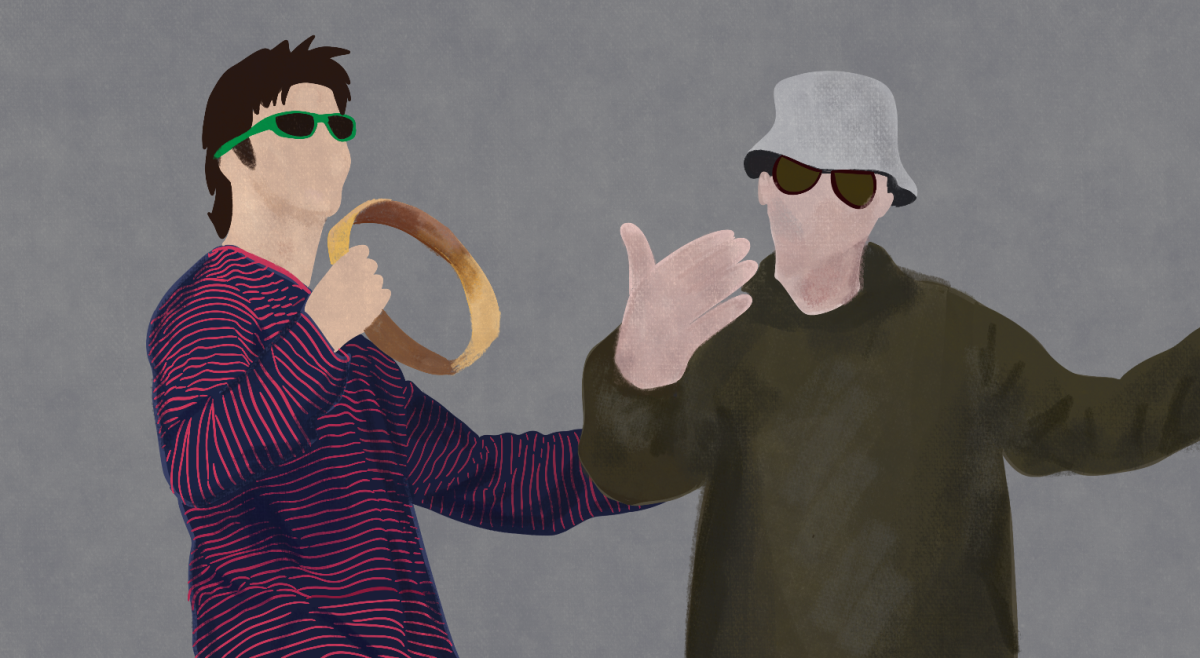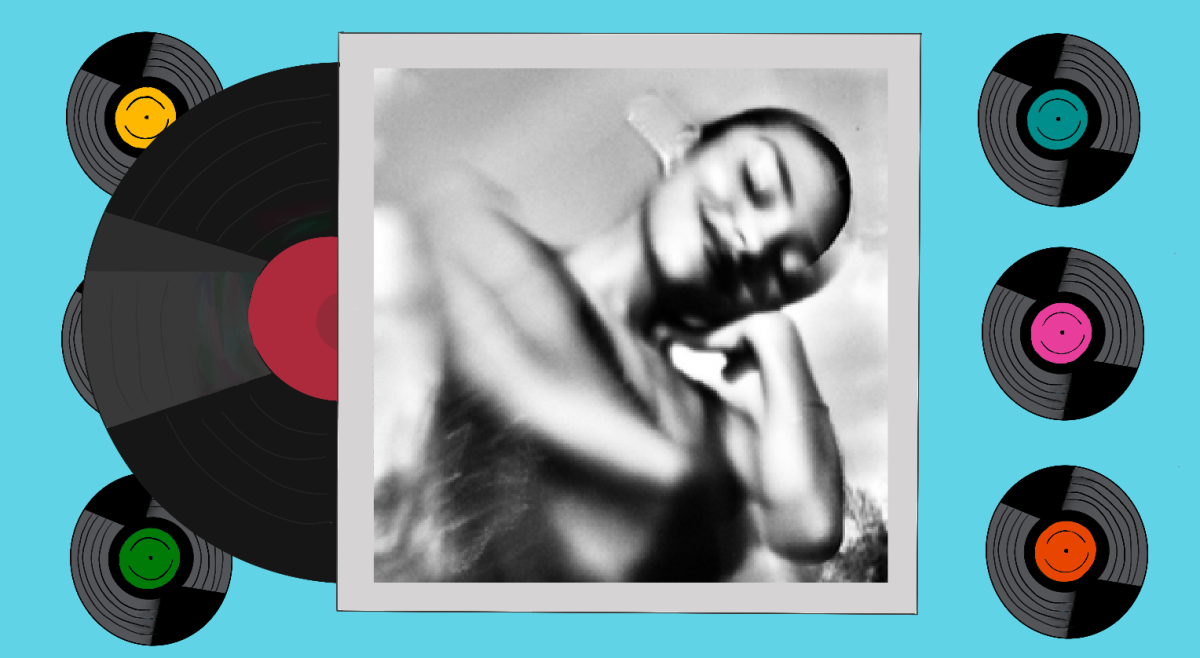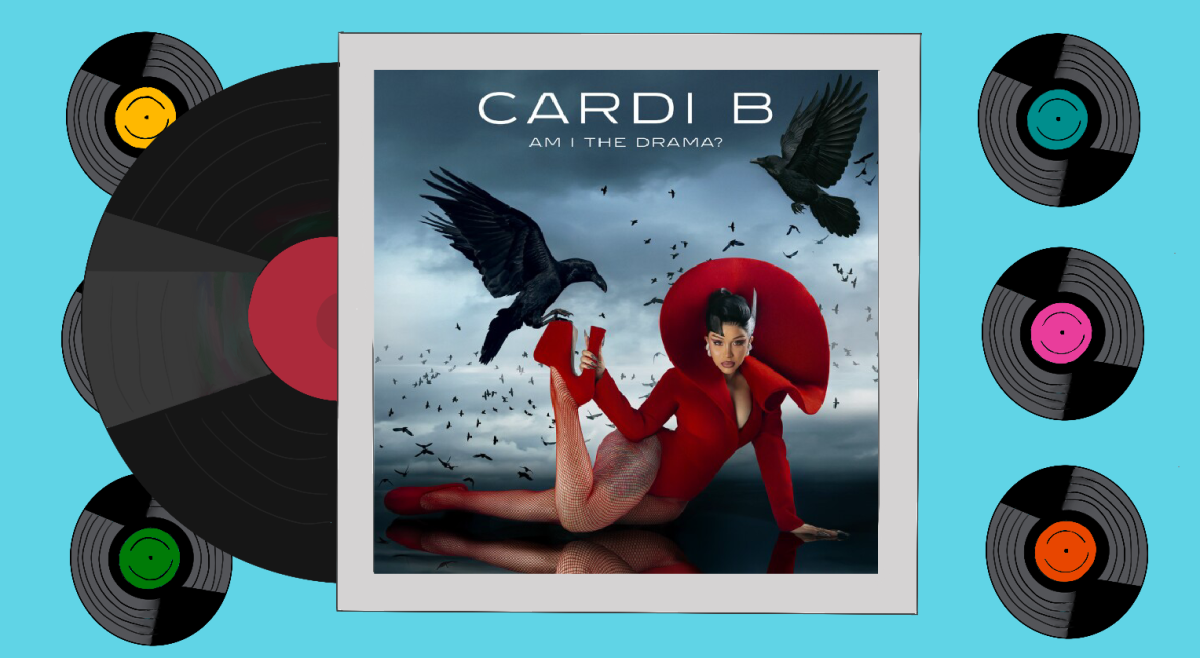When one thinks of Neil Young, he or she probably thinks about the long haired kid who wore a beat up jacket and sang about the harvest moon with his acoustic guitar. Young challenges these conceptions with his new record. While one might have thought that Young could only make the kind of music he made during the ’60s folk scene, his new album, Storytone—which is his second release in 2014—shows that Young has a much more extensive understanding of musical genres in his repertoire. He actually pulls sounds from different times and styles, which stretch back to the beginning of North American popular music itself.
All of the songs on the record have two versions—both a solo and orchestral version. This denotes the different styles of music of each song, but also tells the listener about the period of music it is taken from. Young recorded the tracks on the first disc in a solo setting—stripped down the way he would have done in the ’60s—and those on the second disc with an orchestra and big band. The juxtaposition between the two styles makes the project as a whole a deeply emotional and cohesive experience for the listener.
The first song, “Plastic Flowers (Orchestral)” is a striking opener. It primarily uses light, flittering string arrangements to recount a love affair, where Young gives “plastic flowers to Mother Nature’s daughter.” The song sounds like the sonic personification of summer and the brightness that the season brings to the world. He creates an atmosphere that the listener wants to live in forever—a talent that Young has perfected throughout his decades long career.
In contrast, another orchestral track, “Who Gonna Stand Up?” has a sense of urgency and anxiety created by its darker tones. This serious musical ambiance matches the lyrics, in which Young worries about the the future health of the planet, singing lines like “stop fracking now” and “who’s going to tear down the plants?” With these two songs, Young shows how he is able to stretch the sounds of instruments to opposite ends of the emotional spectrum and elicit feelings and memories from listeners like few other artists can.
Young creates completely polar atmospheres through diverse instrumentation. Such diversity of sound is best exemplified on “I Want to Drive My Car (Orchestral)” and “Say Hello to Chicago (Orchestral).” The former song starts off as a pure rock song with driving guitar and drums—which would have been kick ass enough on its own—but in the second verse, it turns into a ragtime piano-infused jam about the independence of being able to go wherever you want, whenever you want. The latter song, “Say Hello to Chicago (Orchestral),” is a tribute to the Chicago migration (in which black blues musicians migrated to Chicago, contributing to the genre’s development). The track also mimics the style of that time with electric guitar and a horn section that gives the song a passion and a fever that is not often seen in today’s music.
Young’s lyrics are as sharp as they have ever been here. In “Glimmer (Orchestral)” he recounts a lost love. He sings about how he sees her in the rain through the windshield of his car and is reminded of a glimmer of his past love.
Storytone has diversity and lyrical content recalling Young’s older work on his 1989 album, Freedom, but it still sounds nothing like what he has done in his 35-album, 46-year career. What makes Young’s latest album stand out from the rest of his work is the fact that he takes the listener on a journey of North American popular music, in a way, by recording two versions of each track. Young moves from music’s infancy, using orchestral instrumentation and blues rock, all the way to his acoustic folk beginnings, which is demonstrated through his solo recorded tracks, like the album’s last track, “All those Dreams (Solo).”
Most of the songs on the album are about love—whether that love be a romantic love for another person, a love for the earth, or even a love for his car. The truest love that permeates Young’s record is his love for music, though. It shines through in a truly unique way that could only come from Young.
Featured Image Courtesy of Reprise Records

